Garcinia mangostana (Mangosteen)
Top Tropicals Plant Encyclopedia
Botanical name: Garcinia mangostana
Common name: Mangosteen
Family: Clusiaceae / Guttiferae
Origin: Malay Peninsula







Cultivated in Malaysia, Thailand, Indonesia and the Philippines. This delicious fruit has a thick, dark-red skin, inside which are creamy white segments with a sweet, slightly tart flavor. Purported by many who have had the luxury of tasting it as being the best tasting fruit in the world. While possibly a bit extreme, the mangosteen is instantly liked by many who eat it. The medical problems this product apparently solves are remarkable. Diabetes, high blood pressure, acid reflux, anti-inflammatory agent, fibromyalgia, psoriasis, antidepressant, anti-fungal, antibacterial, antioxidant and even some forms of cancer cell growth inhibition are just to name a few. The tree is an attractive columnar or pyramidal slow growing evergreen, which attain a height of 30 to 40 feet. It has a strong central trunk with evenly spaced side branches, which become pendent at the tips as the tree ages. The leathery leaves are opposite, short stalked, and elliptic oblong with acuminate tips. The upper surface is bright shining green. The under surface is a dull green. All parts of the plant are without pubescence. Trees are highly sensitive to soil and alkalinity. Trees often do poorly in Florida not because of climate but because of salt spray, sandy soil, and high salt in the soil. Prefers humid conditions with over 100" of rain per year. Mangosteens can be planted near streams, ponds, or other bodies of water where portions of their root systems remain moist year-round. Heavy mulching is recommended in drier areas to retain soil moisture. Flowering and fruiting usually occurs in summer or after periods of heavy rainfall. Mature trees may bear anywhere from 100 to 3000 fruits. Seeds have extremely short viability, only 1 to 5 days, and must be planted immediately upon removal from the fruit. Germination takes place in 2 to 3 weeks. Seedlings soon develop a long tap root which is vital to the survival of the tree so great care should be taken when transplanting. Other forms of propagation are usually unsuccessful. Fruiting takes from 6 to 12 years from seed.
Similar plants: Garcinia mangostana (Mangosteen)
- Garcinia atroviridis (Asam Gelugor)
- Garcinia gummi-gutta (Brindleberry)
- Garcinia hombroniana (Seashore Mangosteen)
- Garcinia livingstonei (Imbe)
- Garcinia megaphylla (Bacuru Pary)
- Garcinia nervosa (Mountain Garcinia)
- Garcinia portoricensis (Reedia)
- Garcinia prainiana (Cherapu)
- Garcinia schomburgkiana (Madan)
- Garcinia sp. (Garcinia)
The plants are well established, 10-12" tall, with several leaves. Ready to step up in next size container.
Mangosteen. This delicious fruit has a thick, dark-red skin, inside which are creamy white segments with a sweet, slightly tart flavor. Purported by many who have had the luxury of tasting it as being the best tasting fruit in the world.
This item can not be shipped. Pick up only. We can provide local delivery around Ft. Myers or Sebring, Florida. Contact us for an estimate. Non-pickup orders are subject to restocking fees.
Recommended Fertilizer: SUNSHINE C-Cibus - Crop Nutrition Booster
SUNSHINE-Honey - sugar booster
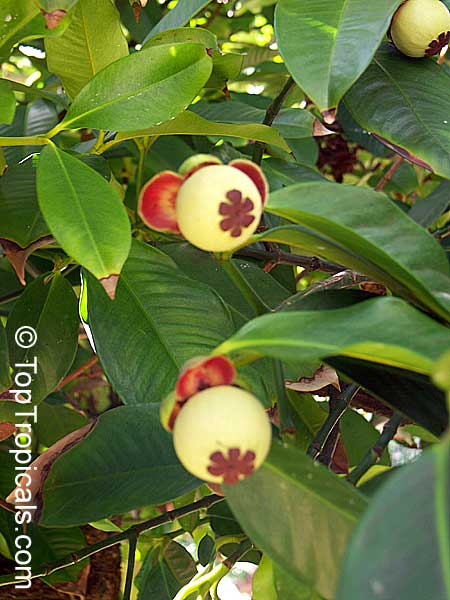

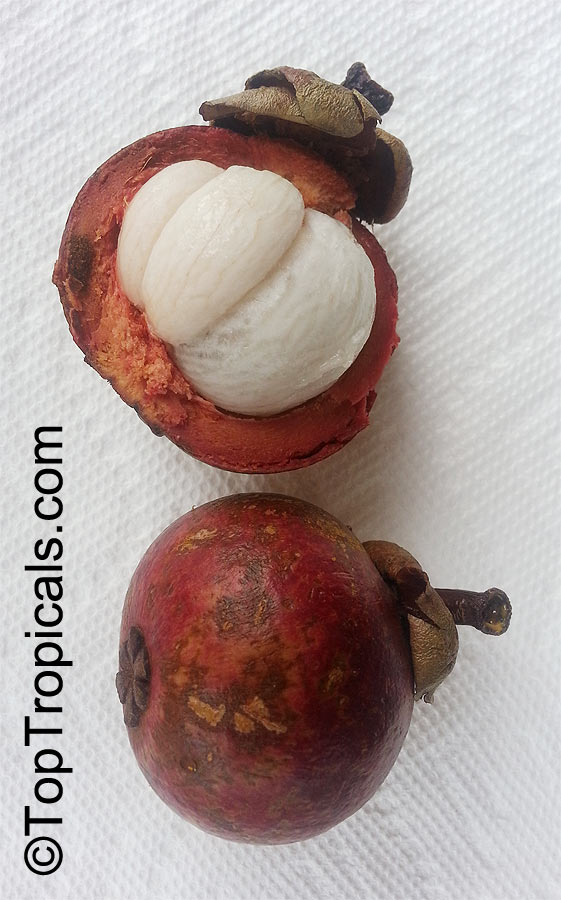
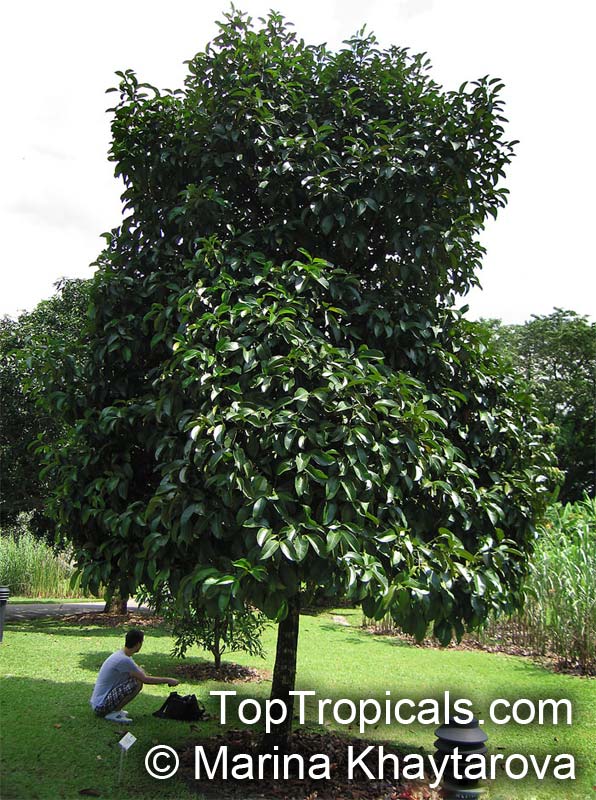
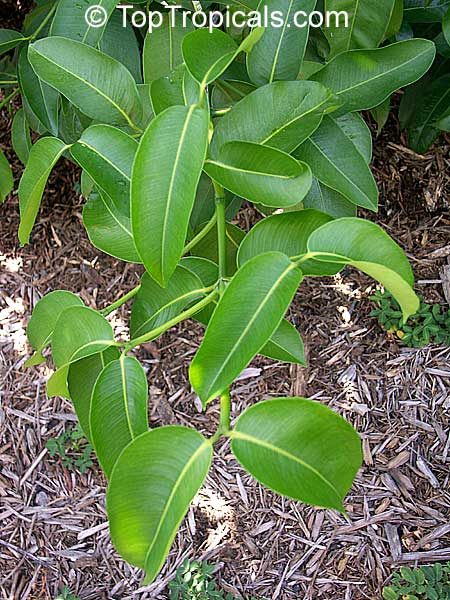
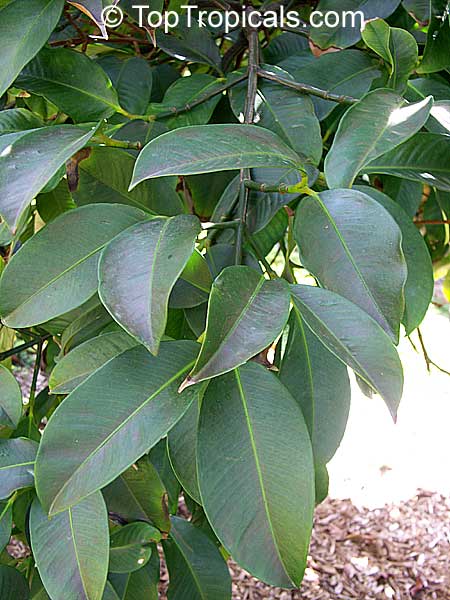

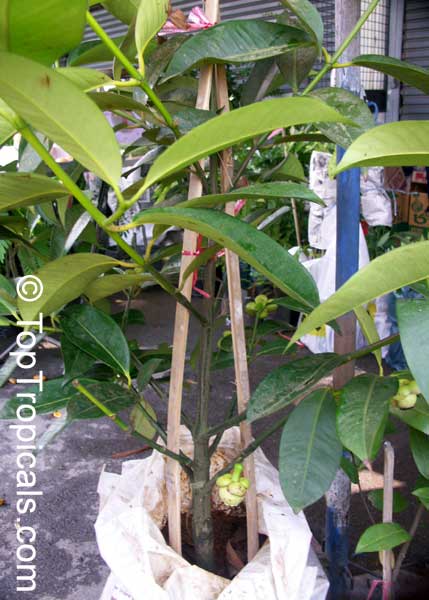
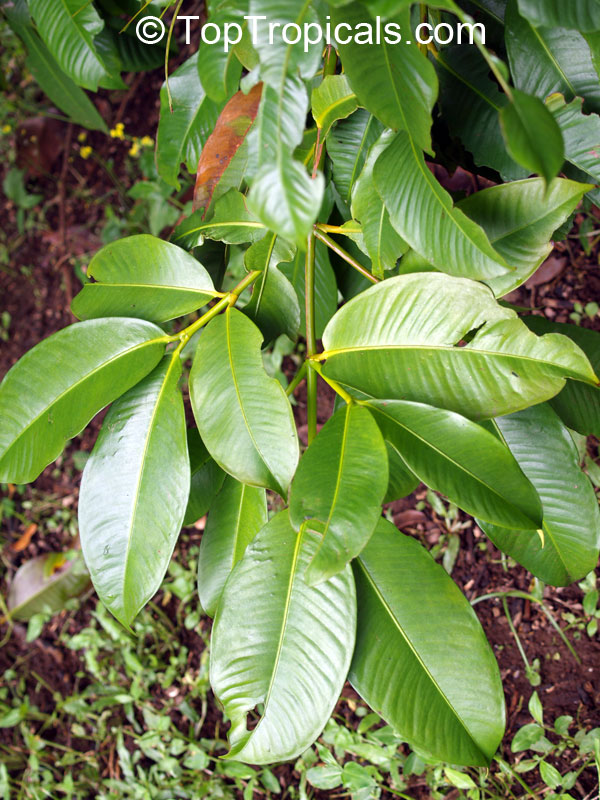
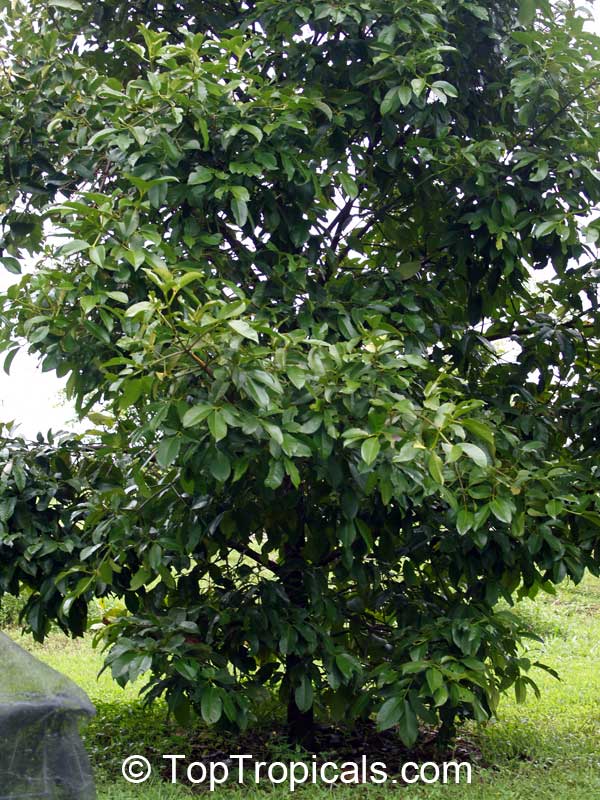
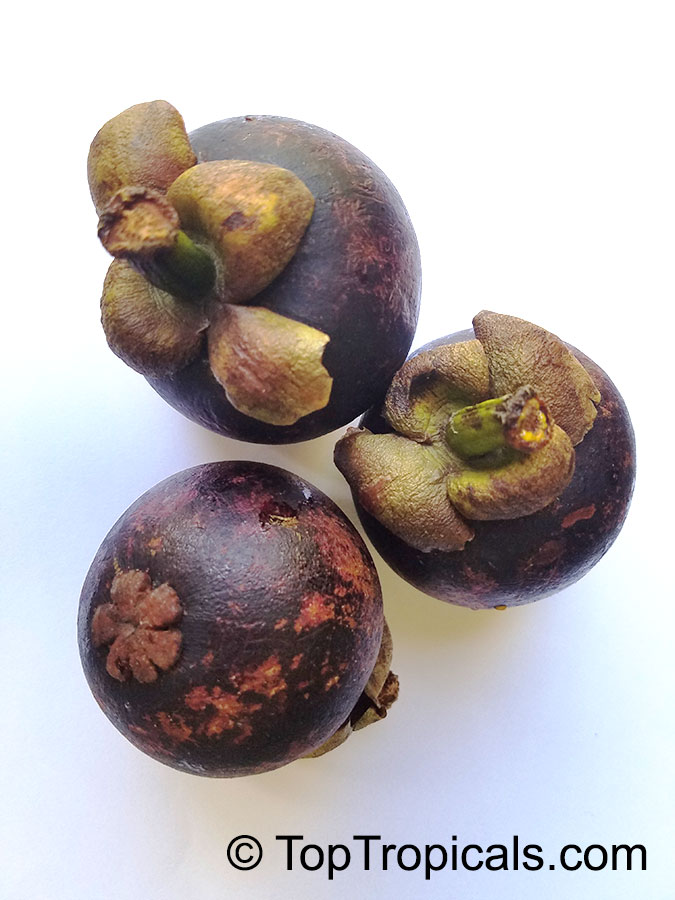

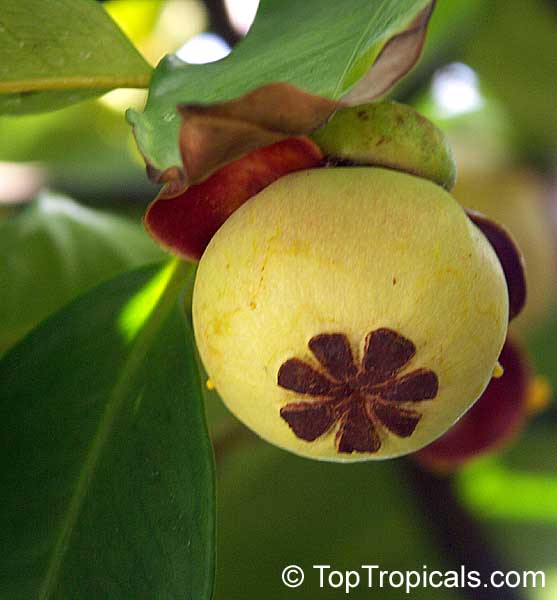
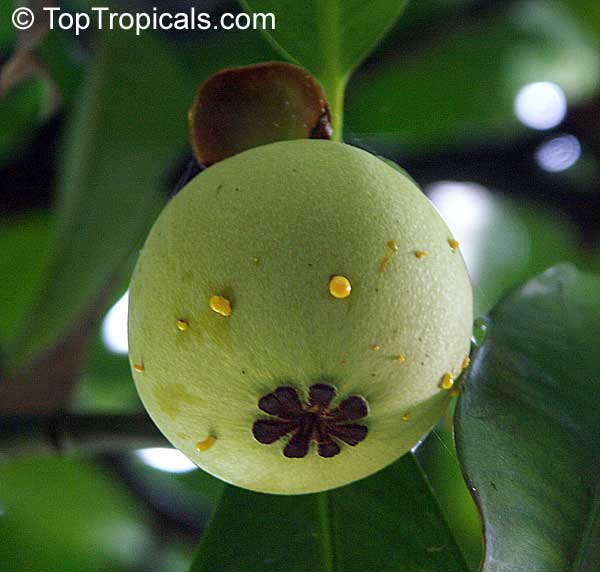
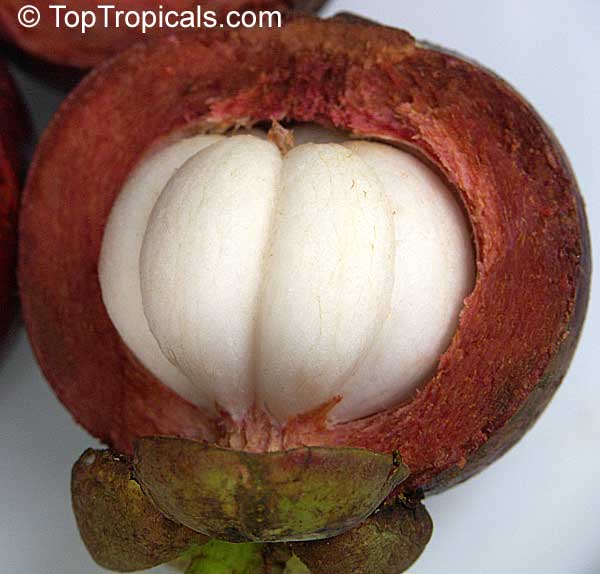
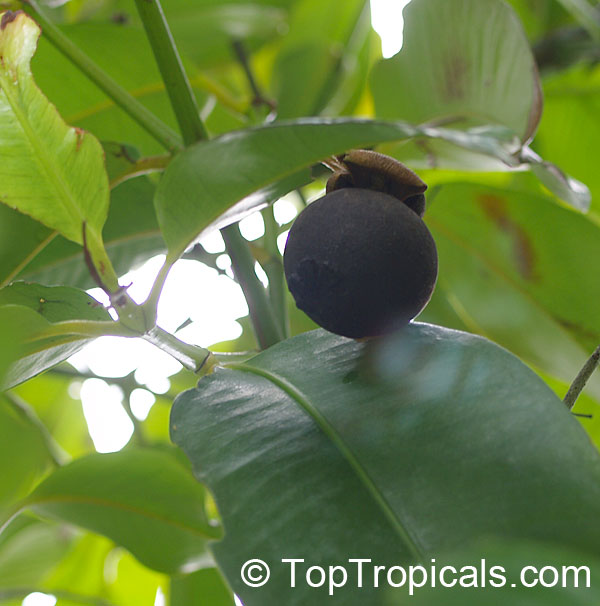
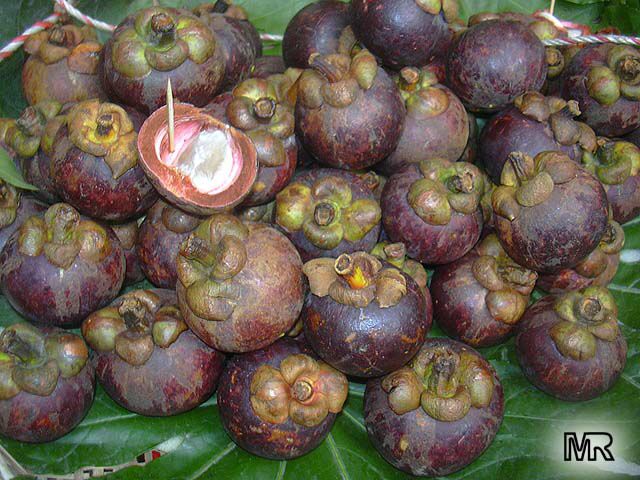
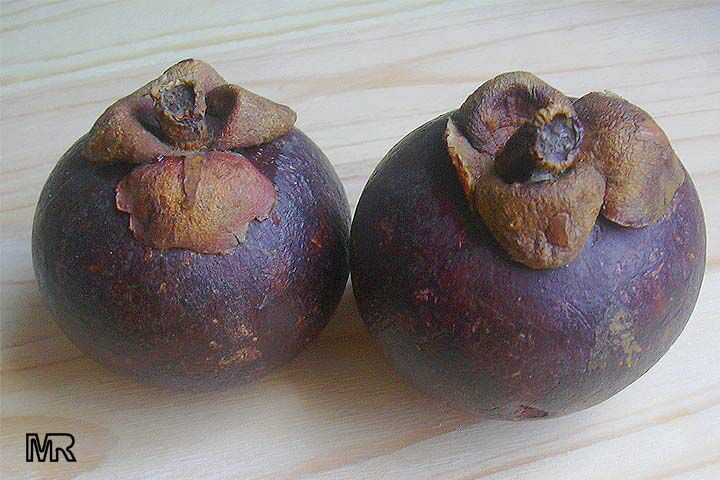
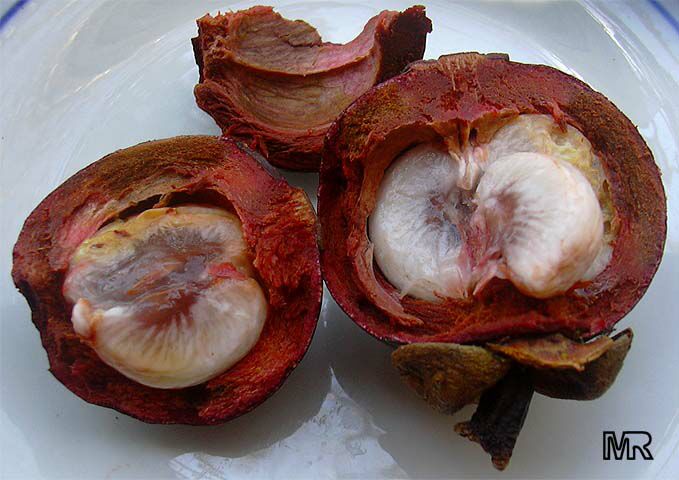
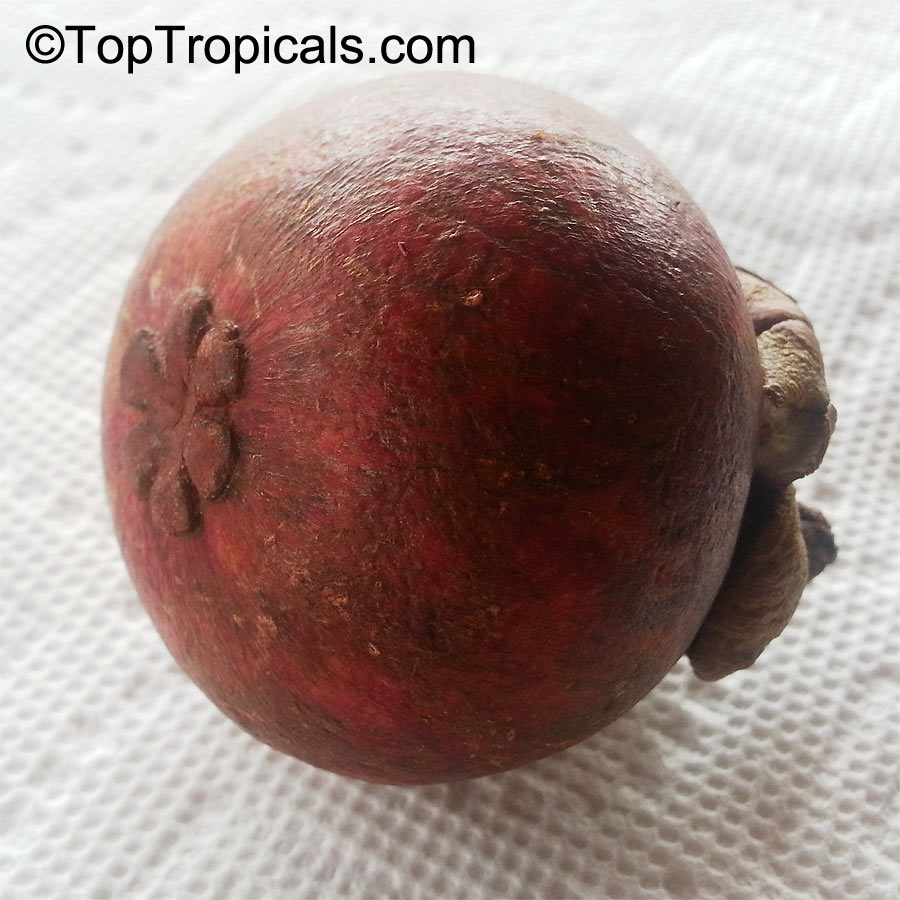
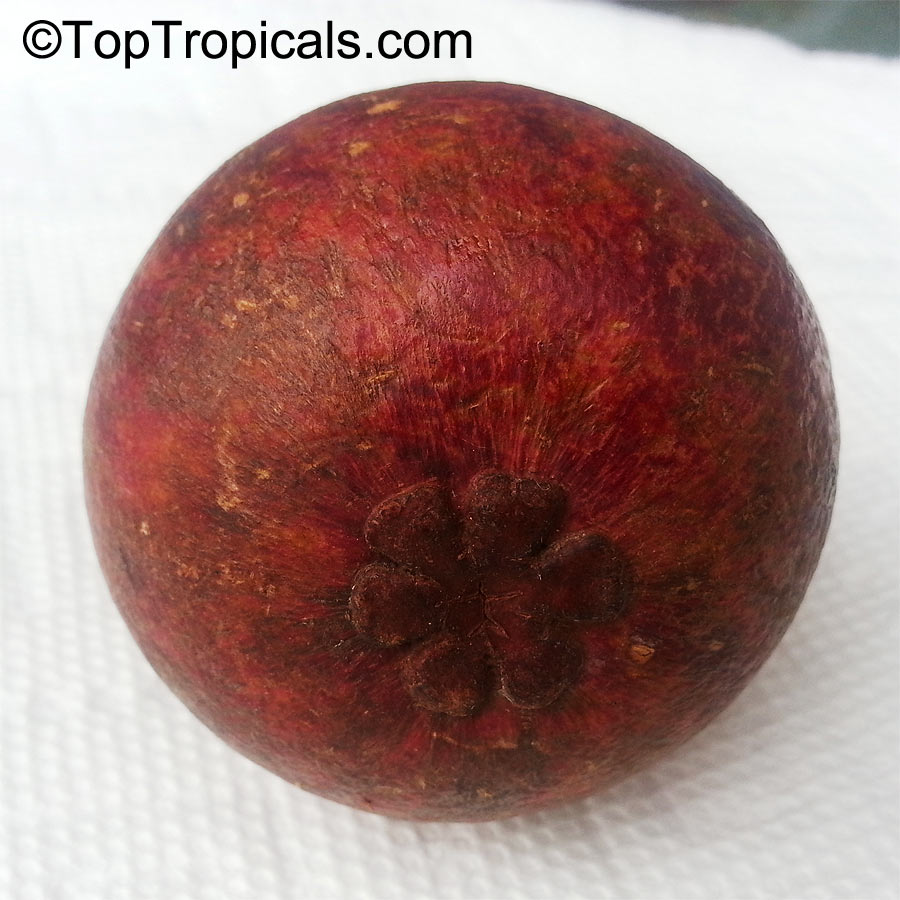
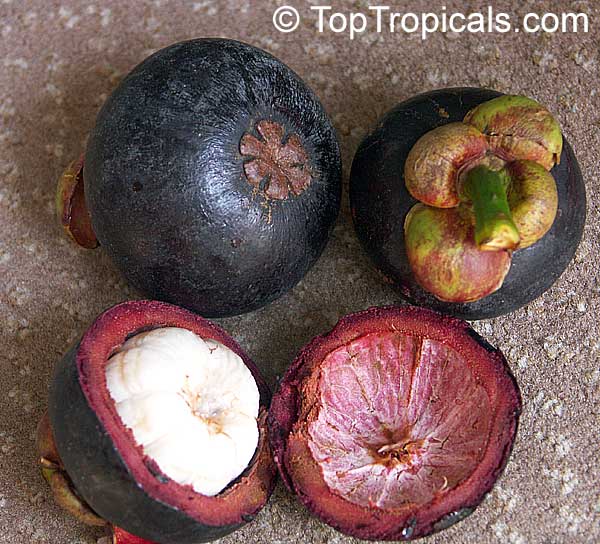
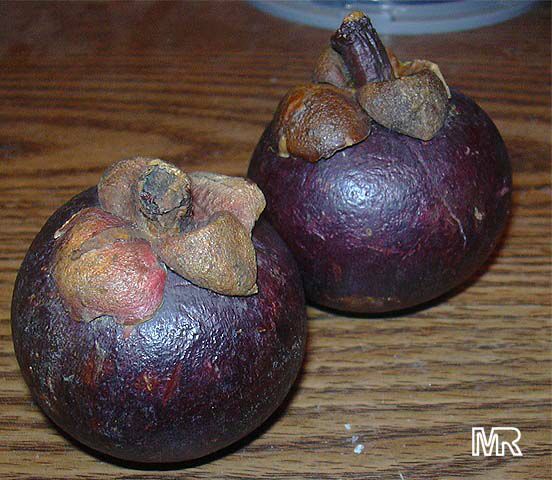
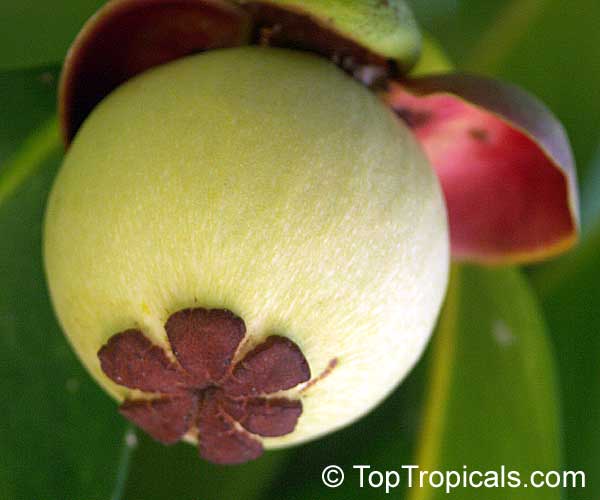
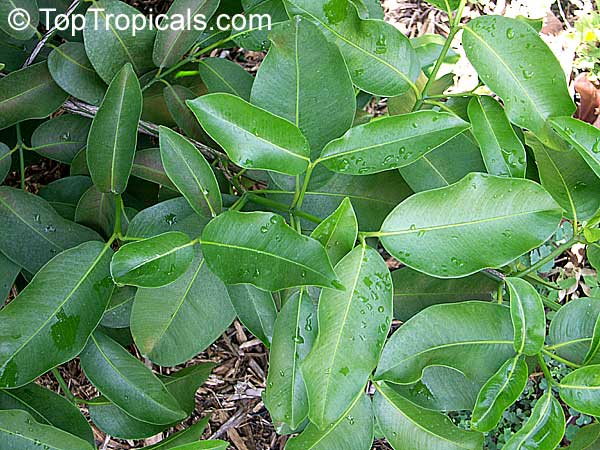
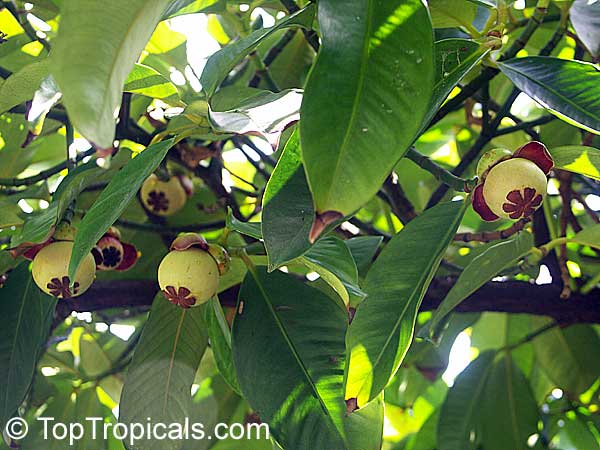
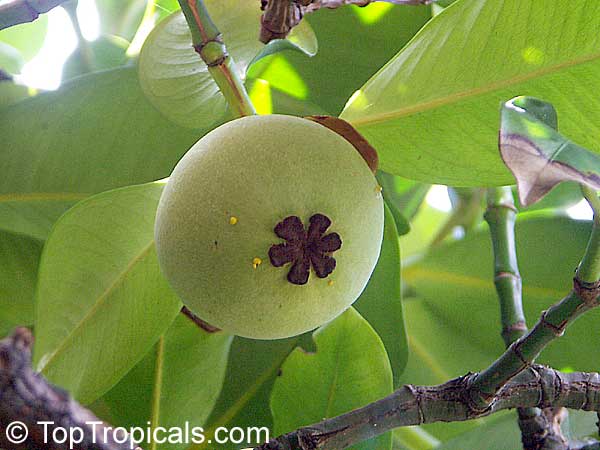

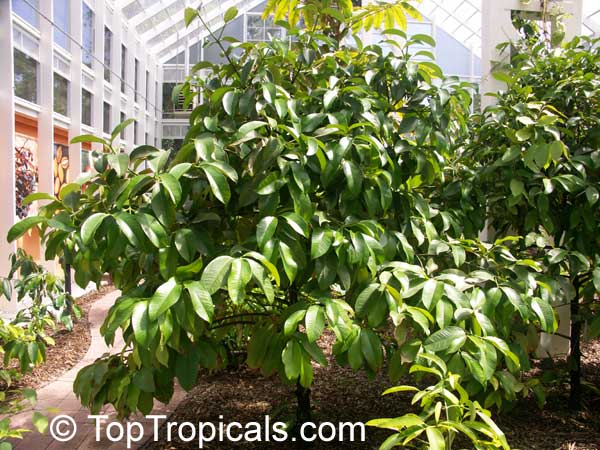
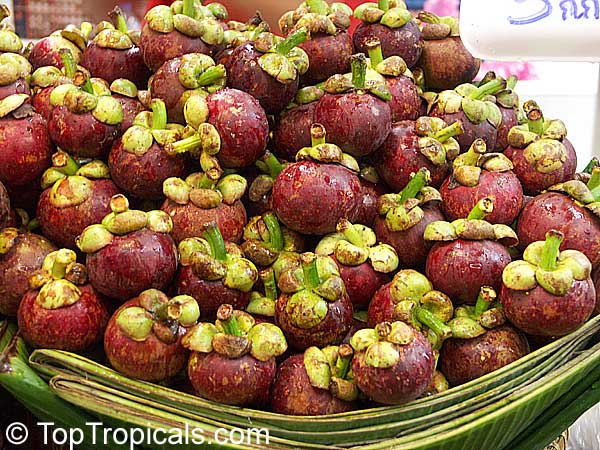
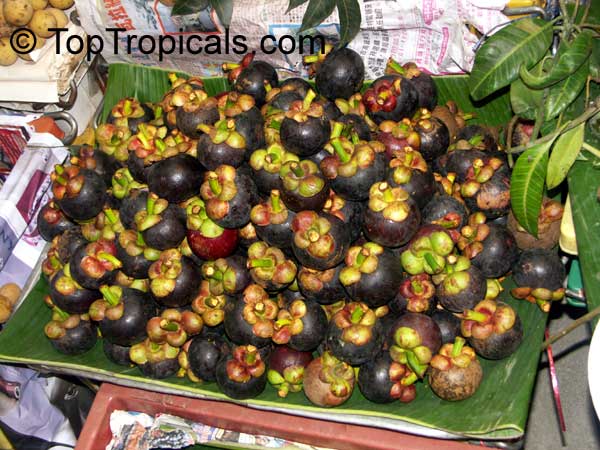
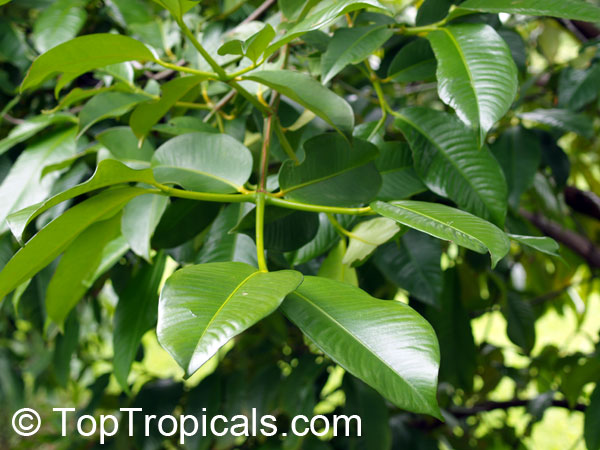
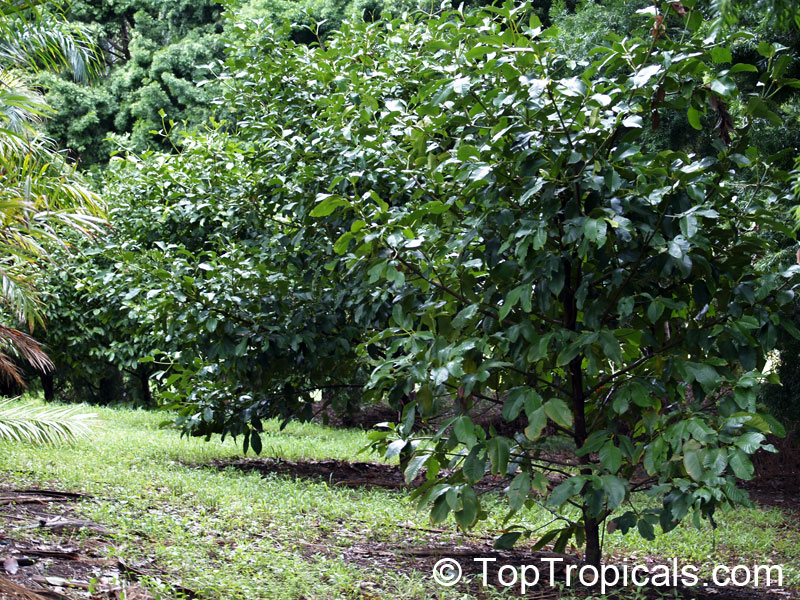
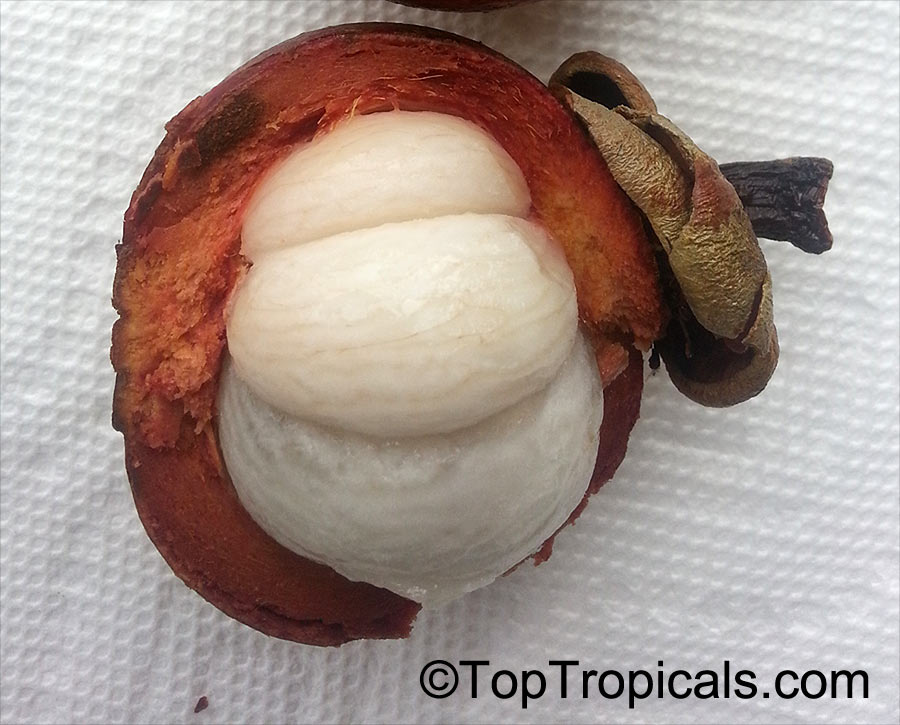
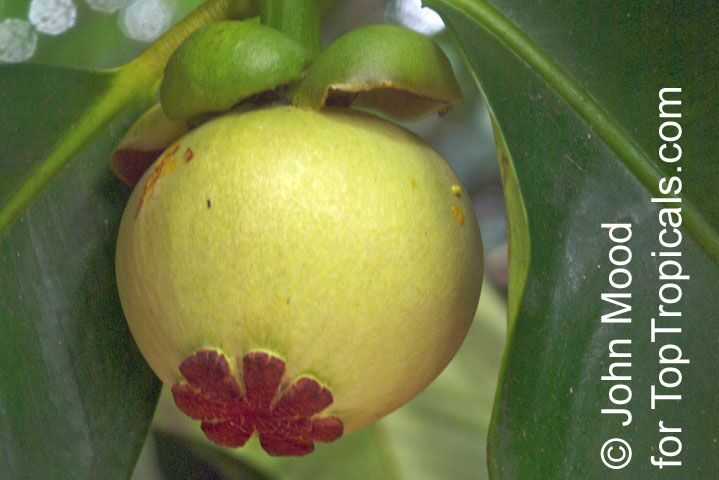
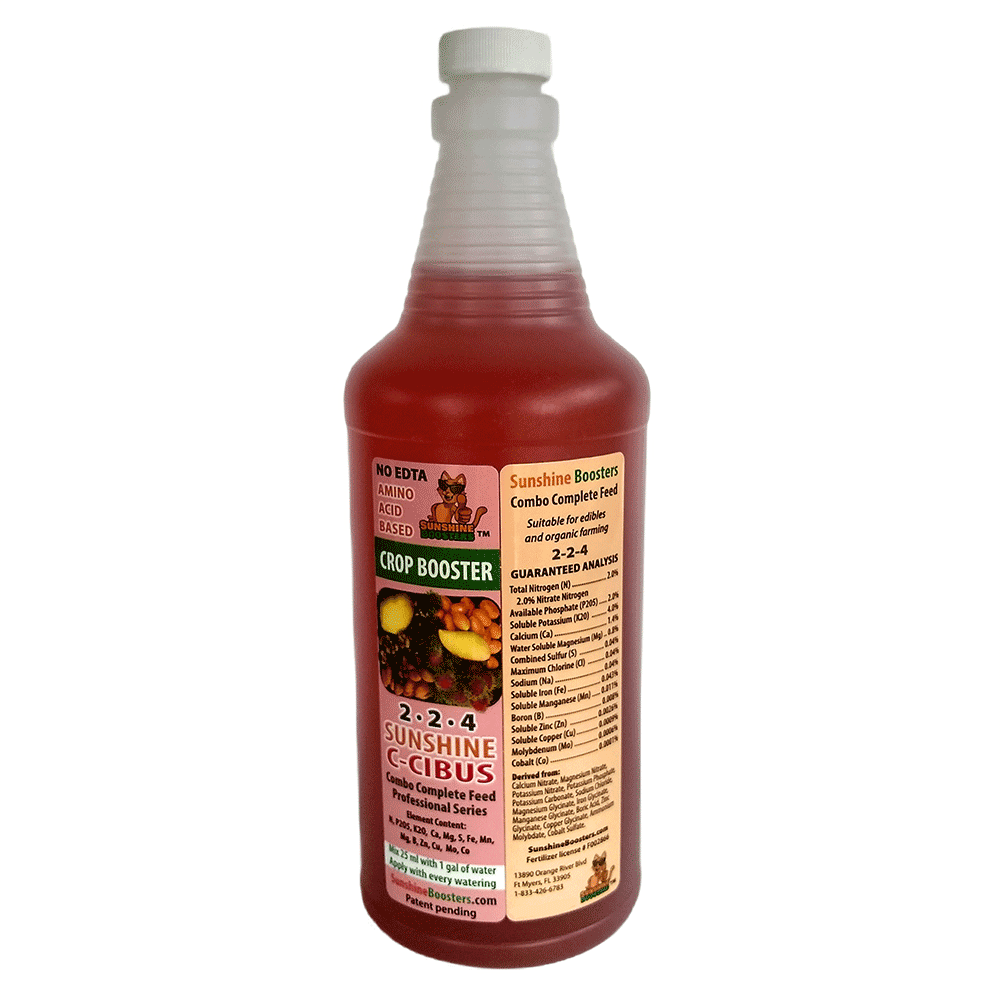 SUNSHINE C-Cibus (NPK 2-2-4) - Crop Booster for every watering.
SUNSHINE C-Cibus (NPK 2-2-4) - Crop Booster for every watering. 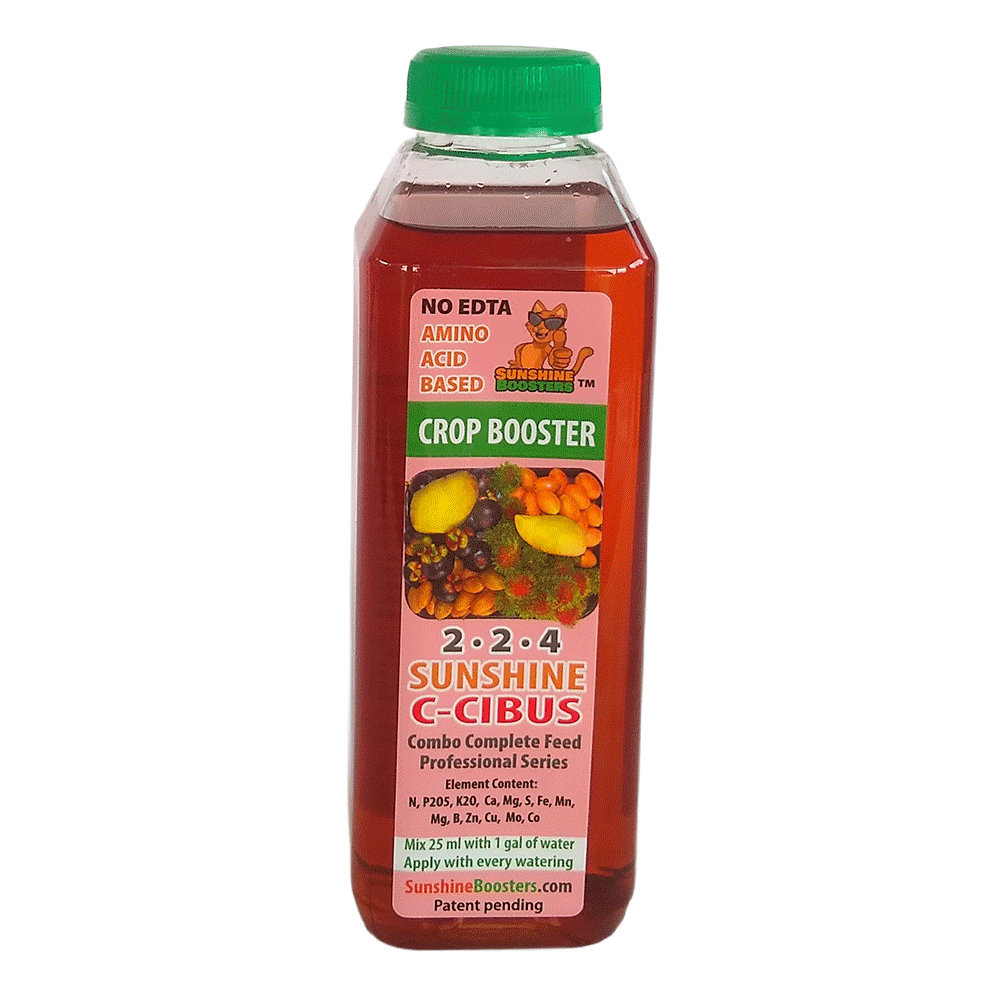 SUNSHINE C-Cibus (NPK 2-2-4) - Crop Booster for every watering.
SUNSHINE C-Cibus (NPK 2-2-4) - Crop Booster for every watering.